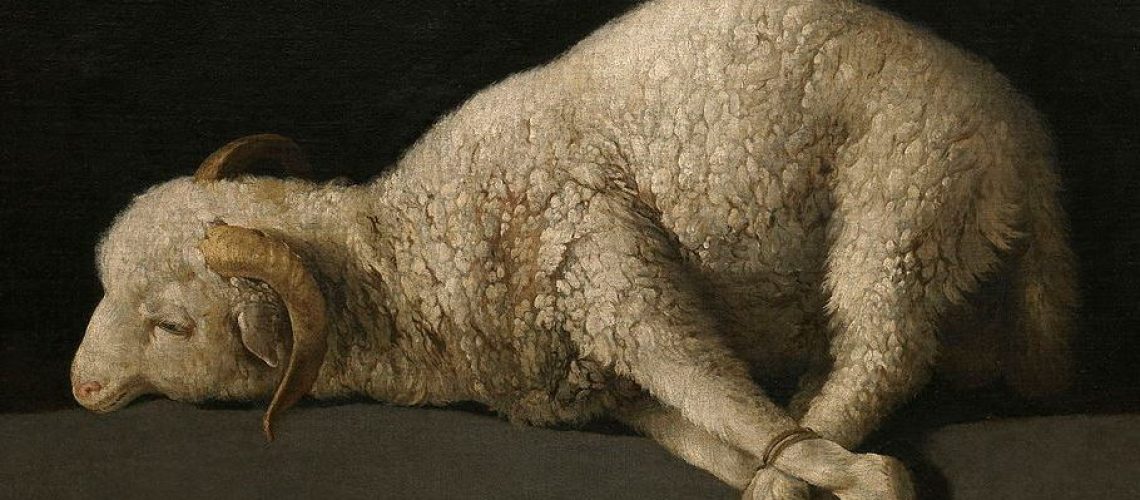“He was led forth like a lamb; he was slaughtered like a sheep. He ransomed us from our servitude to the world, as he had ransomed Israel from the hand of Egypt; he freed us from our slavery to the devil, as he had freed Israel from the hand of Pharaoh. He sealed our souls with his own Spirit, and the members of our body with his own blood. He is the One who covered death with shame and cast the devil into mourning, as Moses cast Pharaoh into mourning. He is the One who smote sin and robbed iniquity of offspring, as Moses robbed the Egyptians of their offspring. He is the One who brought us out of slavery into freedom, out of darkness into light, out of death into life, out of tyranny into an eternal kingdom; who made us a new priesthood, a people chosen to be his own for ever. He is the Passover that is our salvation.” –St. Melito of Sardis
Eastern Christian Background
Eastern Christians typically refer to the celebration of the Resurrection as Pascha rather than Easter. The Greek term pascha is derived from the Hebrew pesach meaning Passover. The term Pascha is employed differently across Eastern Christian traditions. For examples, the Coptic and Ethiopian traditions refer to Holy week including the Sunday of the Resurrection as Pascha. The Greek and Slavonic traditions refer to the period from the Sunday of the Resurrection to Pentecost as Pascha.
We often think of the Passover in terms of the passing of the angel of death over the children of Israel without harming their firstborn. While this is not wrong, it is incomplete.
The Messiah as the Lamb of God: The Mystery of Freedom and Unity
Passover has two dimensions: the divine and the human. Indeed, the angel of death passes over the children of Israel at the command of God. There is also a human Passover as the people of Israel pass over dry land amidst the Red Sea toward Sinai and the Promised Land.
The Paschal mystery of Christ, that is His death, resurrection, and ascension, echoes this twofold Passover. Christ, our Passover, is slaughtered to protect us from the attacks of the enemy. The blood of Christ, the rational Passover lamb, sprinkled on the doors of our hearts shields us in a far more sublime way than the irrational Passover lamb’s blood sprinkled on the physical doors of homes.
The waters of the sea were spread apart to create a pathway for the people to pass from Egypt to Sinai. In the old covenant, separation [of the waters] was necessary for the protection of the people. In the new covenant, a bridge was necessary for the protection of the people. This bridge is the wood of the Cross that united God with humanity and humans with one another, Jew with Gentile.
The Messiah: The New Moses and Passover Lamb
Just as Moses descended to Egypt to bring out the people of Israel toward the Promised Land, likewise Jesus, the New Moses, descends into Hades through the Cross opening a pathway for the return of the righteous to the Promised Land of paradise.
In Christ, divinity and humanity are weaved together like a braid. Divinely, Christ protects humanity from the angel of death that roams around like a roaring lion seeking whom he may devour. Humanly, Christ identifies with humanity in their common death and descent into Hades by which He brough humanity back to life and communion with the Father. Both senses of the Passover are fulfilled in Christ, our Passover, the God-man.

